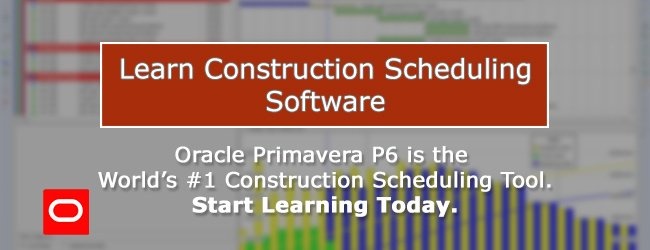Technology is taking over the world. Technology that we never thought would dominate has become a staple when it comes to planning and executing a project in construction and engineering.
According to a 2016 survey by PwC, 74% of respondents stated that technological advances are the top global trends that will transform stakeholders’ expectations over the next 5 years. Coming in second place are shift in global economic power and resource scarcity.
Today’s technology in construction and engineering can help increase safety for workers, reduce waste, and promote productivity and project success. Even though technology is everywhere, some contractors are still stuck in paper-based documentation rather than adopting automation to carry out project tasks.
Here are 4 2016 tech trends in construction and engineering that are creeping to the forefront
1. Drones
Drones are swooping into construction projects. Inspections are easier now that drones can provide aerial photography of many difficult places and client’s love to see real-time photographs and a bird’s eye view of the progress on-site. According to a 2016 Navigant survey on drones in construction, the majority of construction professionals find that drones are most used for tracking job progress. Furthermore, drones are being used for marketing to clients and Navigant found that land-survey and drones are becoming more common. They are used as security, offers virtual field trips, provide defense against any claims, collects data, and access impossible areas that would otherwise be dangerous for an individual.
2. Wearable Technology
Workers on-site will not only operate new technology but will also start wearing it. For example, Google glasses and Fitbit devices can help increase productivity by tracking a workers progress and workers movements. Life safety tech is a new category of things helping workers stay safe on-site. If a worker is in a dangerous area on-site, their location and vitals will be tracked and the supervisor will get an alert if something goes wrong. It’s a great way to ensure worker safety and health.
3. Cloud
In a 2015 survey by Information Week, 94% of businesses in the U.S reported having “at least a hybrid cloud strategy” to store and collect data. That’s a 29% increase from 2014. Adopting the cloud for construction offers a better workflow, reduces cost, protects data, and ensures access no matter location.
An analysis conducted by CMI Global discovered that infrastructure was the fastest-growing sector of cloud computing in 2015 and is continuing to grow. They found that spending on infrastructure as-a-service rose by 31.9% in 2015 and is set to growth in 2016 by 38% in investments globally.
4. Robotics and 3D Printing
After many years of experimenting with robotics and 3D printing, it will be more common for robots to perform challange tasks in construction. Instead of men in hard hats, there will be drones conducting safety inspections, robots bulldozing the land and 3D printers cranking out tangible structures. This is already being implemented by a Japanese Construction Machinery company Komatsu who used a drone as the eyes for an automated bulldozer. Here’s how it works – the drone is set to provide a 3D model of the site, which is then sent to a computer that then automates the bulldozing machine to set its course.
With research constantly being conducted to improve and grow the construction and engineering processes, a prototype of a 3D concrete printer is currently underway that prints complex shapes and designs. Rob Francis, construction firm Skanska’s director who is a part of this project stated that “3D concrete printing has [ ] the potential to reduce the time needed to create complex elements of buildings from weeks to hours. [ ].”
Tech trends in construction and engineering are forever evolving. What are some new technologies that you’ve been implementing?


